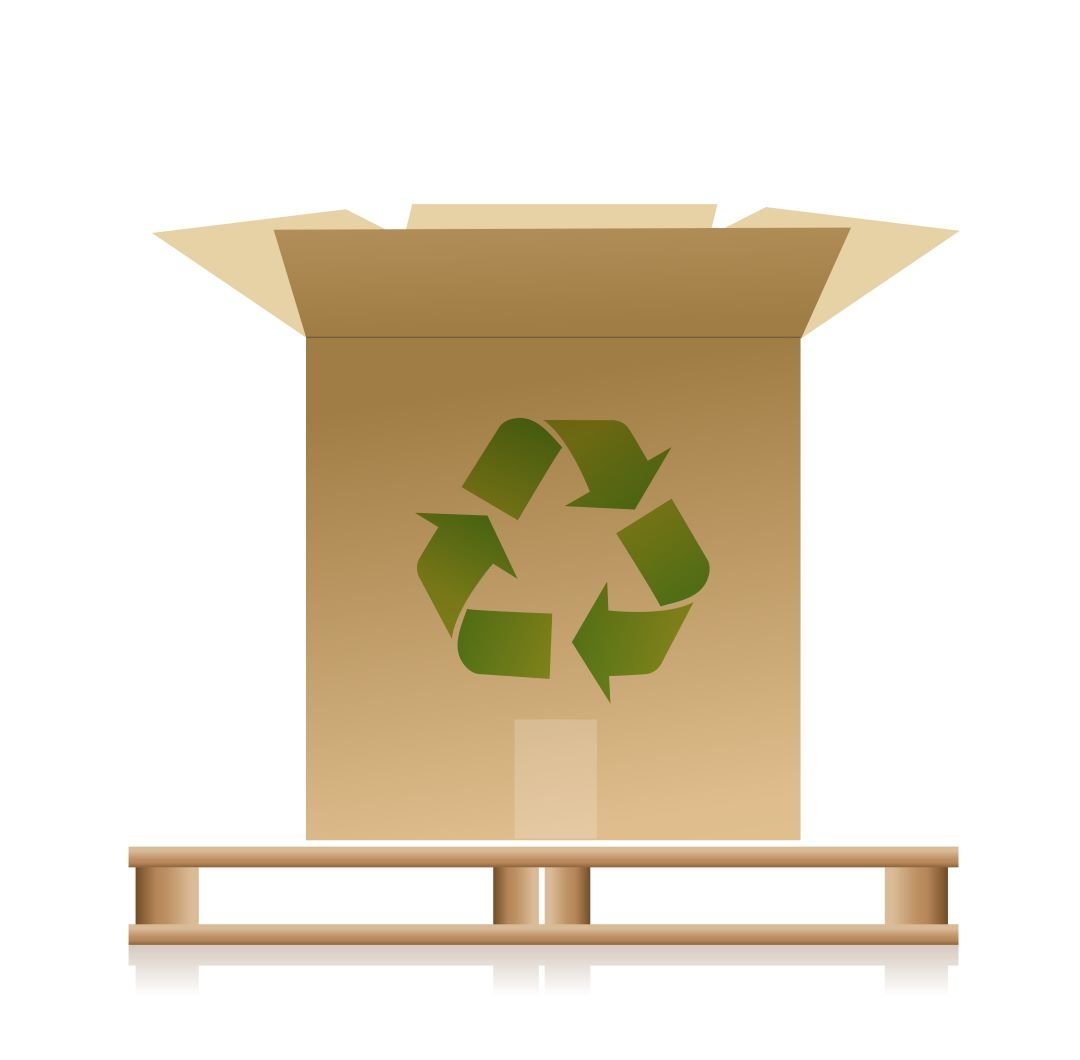Packaging plays a vital role in setting your brand apart and effectively conveying your story to consumers. It serves as a unique communication tool and a way to differentiate your products from competitors. Packaging also establishes a connection with customers, allowing them to understand your brand even before experiencing your product firsthand.
Today, consumers actively seek companies with strong sustainability commitments, evident in the growing demand for sustainable products, services, and practices. To adapt to these market dynamics and resonate with an increasingly eco-conscious audience, brands must find innovative ways to share their sustainability stories.
Packaging is an integral part of the marketing mix. It serves not only to protect and present your product but also as the initial point of contact for consumers. Well-designed packaging enables you to stand out and communicate your brand's unique narrative, setting it apart from others in the market. Additionally, packaging can foster a conversation with buyers throughout their customer journey, creating a sense of familiarity with your brand.
When contemplating packaging redesign, certain considerations arise, highlighting the importance of aligning brand values with sustainable practices:
- What sustainability message does our current packaging convey, and does it align with our brand values?
- Where do the packaging materials originate? Do they adhere to certifications like the Forest Stewardship Council®, Sustainable Forestry Initiative, or other recognized systems?
- What happens to the packaging once it reaches the customer? Can it be reused or recycled? How can we promote a sustainable, circular supply chain?
- Which type of ink can we use to minimize environmental impact while maximizing the message?
- Are there any extraneous, overwhelming, or unnecessary elements in our packaging process?
By addressing these questions with the relevant individuals overseeing packaging and design, you can take specific steps tailored to your company's needs. This may involve implementing programs to retrieve packaging from customers, either as a service to maintain cleanliness or at a fair cost. It could also mean switching to manufacturers capable of using thinner materials that still provide adequate support and protection for your products.
Consumers are more inclined to purchase products that align with their values. Therefore, businesses should carefully consider how their packaging reflects their company values. What message do you want buyers to glean from their initial interaction with your brand through your packaging? Is it "This brand prioritizes sustainability" or perhaps "This company actively reduces waste"?
While many brands have made significant strides in becoming more sustainable, there is still work to be done, particularly in terms of packaging improvements. By showcasing your brand values through sustainable packaging, you can instill trust and foster loyalty among customers who prioritize these issues. So why not give it a try?
Want to learn more about Millcraft packaging solutions?

